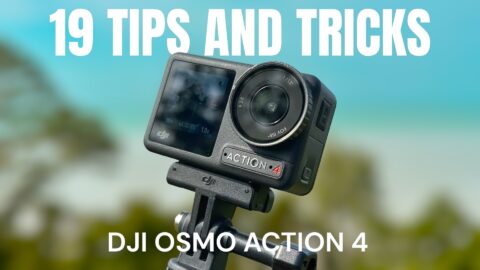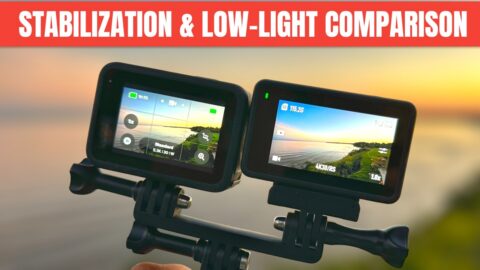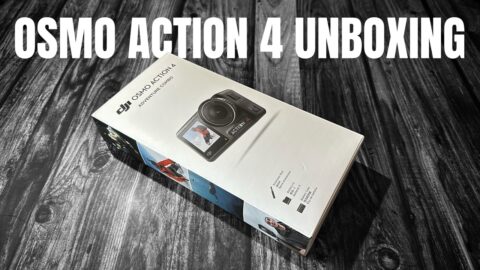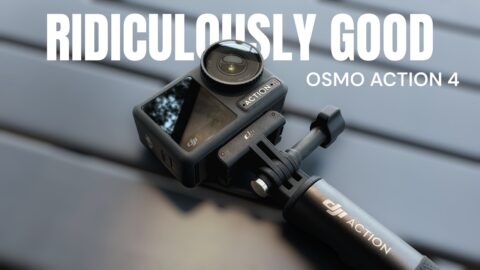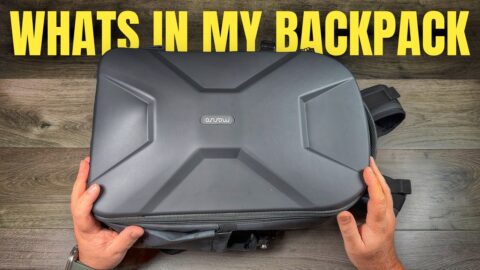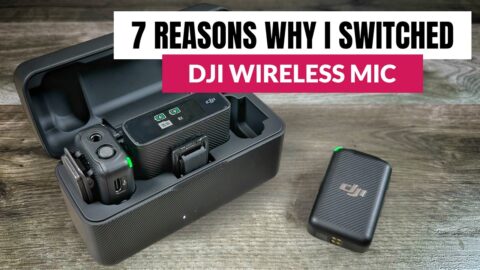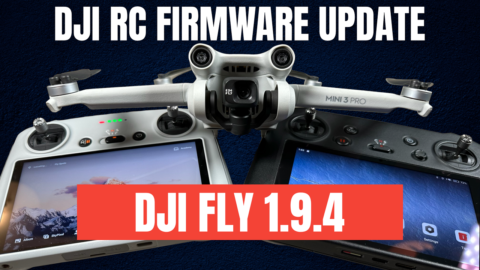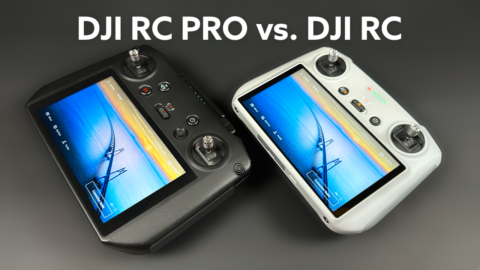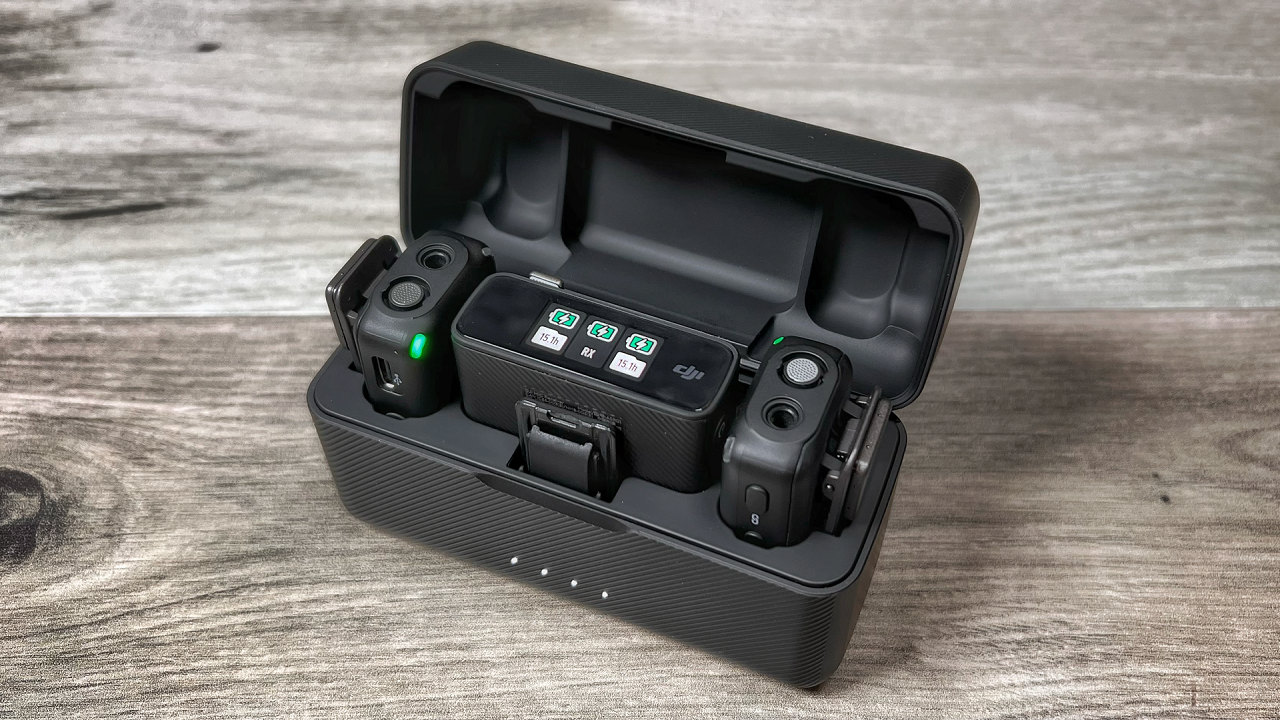Last week DJI launched the new and improved Ronin SC that has many new features and enhancements over the original Ronin S. This new Gimbal is smaller and has a 40% reduction in weight which is a very welcome selling point as the original Ronin S can be quite heavy, especially when using it for long periods of time. The new Ronin SC is geared for smaller mirror-less cameras, if you are looking for a gimbal for larger cameras with larger lenses your best to stick with the original Ronin S. The Ronin S handles payloads of up to 3.6 kg while the ronin SC handles payloads up to 2.0 kg.
New Features Of DJI Ronin SC
DJI has introduced many new features with the Ronin SC. First off as already mentioned it is 40% lighter and overall a smaller form factor. They have added a new knob on the quick release plate that can be locked in and acts as a guide when removing and re-inserting your camera. This can save a lot of time when out in the field. The case itself allows you to repack the gimbal after it has been balanced. Some gimbals after they have been balancing will no longer fit in its original case due to the arms being moved. DJI now includes a new smartphone mount that can be mounted on the side of the unit and used as a monitor for your camera or a quick and easy way to adjust settings via the Ronin App. However, you can also use it to mount your smartphone on top of your camera in the hot shoe to use DJI’s new Active Track 3.0 feature. DJI has introduced Active Track 3.0 with the ronin SC. This new technology uses the Ronin app in conjunction with your smartphone to track subjects and move the gimbal accordingly, this really is a useful new tool and many will make the switch for it alone. Another new feature that has been added in the Ronin App is something called “Force Mobile”. This allows you to use the gyroscopes in your smartphone to control the gimbal’s movements. Movements of your smartphone will be mimicked by the gimbal and camera. Lastly, one thing that is different with the Ronin SC over the Ronin S is that you don’t have to power the battery on first. With the Ronin S, you have to power on the battery then you power on the gimbal. You use the same procedure to shut it down, power off the gimbal then power off the battery. With the Ronin SC, you just have to power on/off the unit as one via the power button on the side.
In my video, I am mounting and balancing the Canon EOS M50 and it works quite well. Balancing does take some time and can be challenging if it is your first time trying to balance a camera. I will be making a balancing tutorial on my YouTube channel soon. Just a couple of balancing tips. Make sure you remove your lens cap first, make sure the battery and memory card is installed. If you use a lens hood or filters make sure they are installed before you begin. Also if you will be using a microphone with your camera and the Ronin SC make sure it is installed as well. Adding these accessories later will offset your balance. Although the Ronin SC in very forgiving when it comes to improperly balanced cameras the better the balance the smoother the footage will be and less wear on the gimbals motors.
I think the new Ronin SC is a great tool and good value for the money. It is affordable for film-makers on a budget and can help you get those nice smooth cinematic shots you are after. Watch our YouTube video for a walkthrough and setup of the new DJI Ronis SC.
DJI Ronin SC: http://bit.ly/2GldimT
Canon EOS M50: https://amzn.to/2SyGyvi
